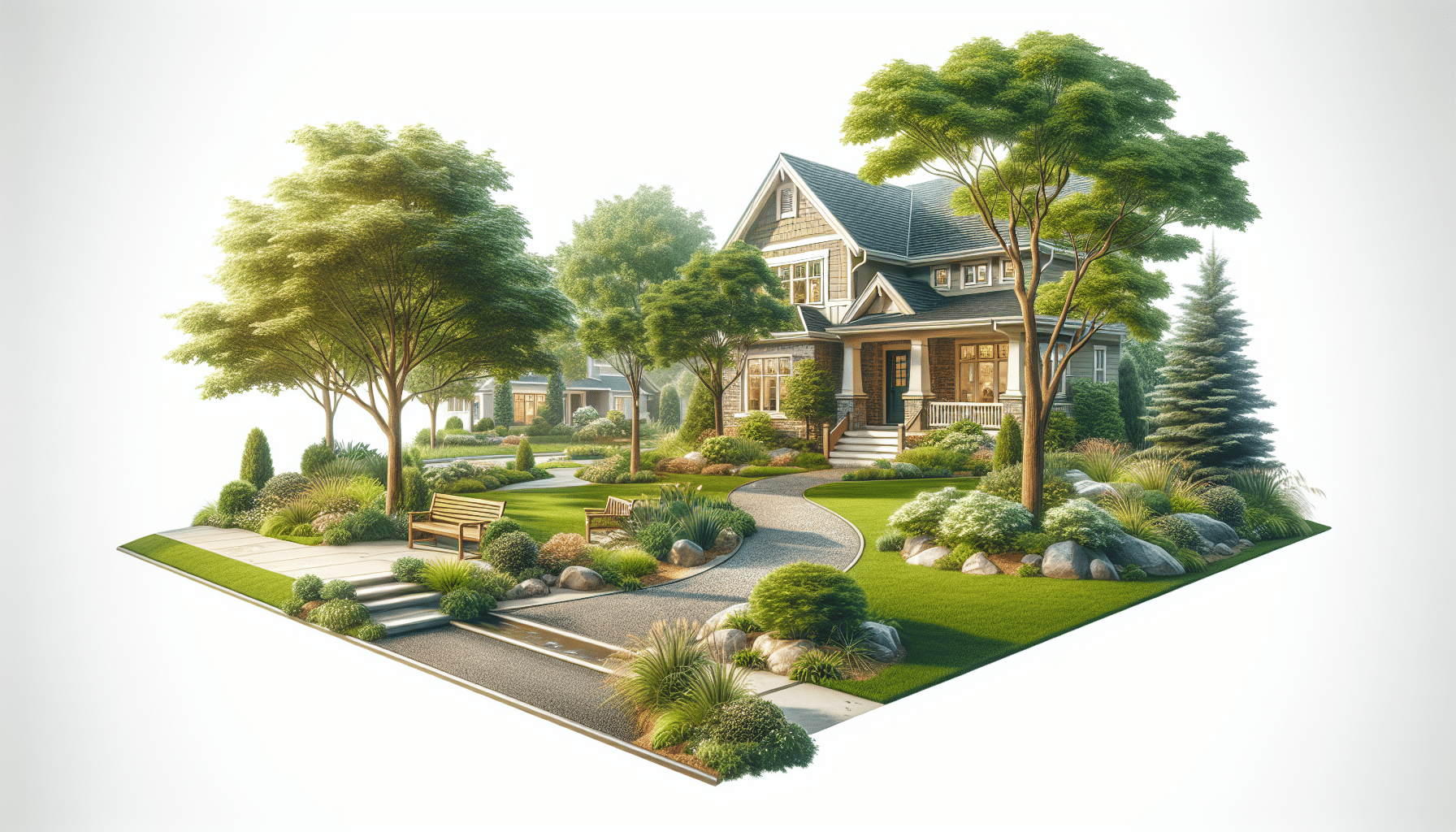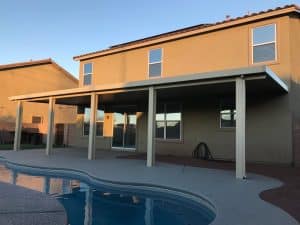At Vegas Pergola Company, we understand the value of creating ideal outdoor spaces, particularly when it comes to parks. One critical element in park design and planning is shade. This article will help homeowners, city planners, and park enthusiasts understand why shade is essential in park spaces. Let’s explore the various reasons and benefits of integrating shade into park designs.
Contents
Comfort and Enjoyment
Shade plays a crucial role in ensuring comfort and enjoyment for park visitors. When people visit parks, they seek respite from the heat and sun. Proper shading provides cooler spots where families can relax, enjoy picnics, or engage in outdoor activities.
Additionally, shaded areas in parks can prolong visitors’ stay, allowing them to make the most of the amenities and recreational activities available. This means happier park-goers and more vibrant community spaces.
Health and Safety
Maintaining health and safety is a top priority in park design. By creating shaded areas, we can significantly reduce the risk of heat-related illnesses. High temperatures can lead to heat exhaustion, which is especially dangerous for children and the elderly.
Furthermore, shade helps protect park visitors from harmful UV rays. This protection reduces the risk of skin cancer and other UV-related health issues. By incorporating shade structures or large trees, we can create a safer environment for everyone.
Aesthetic Appeal
Shade can greatly enhance the aesthetic appeal of a park. Incorporating Pergolas, gazebos, or strategically placed trees adds an element of natural beauty. These shaded spots often become focal points within a park, drawing people in to explore and enjoy the space.
Moreover, shade structures can be designed to blend with the natural landscape or stand out as unique architectural elements. This combination of functionality and beauty makes parks more inviting and pleasant to visit.
Environmental Benefits
Providing shade in parks is not just beneficial for people; it’s also good for the environment. Trees and plants that provide shade contribute to better air quality by filtering pollutants and producing oxygen. Additionally, these green areas can help reduce urban heat islands, making cities more livable.
Shaded parks also encourage biodiversity by providing habitats for various species. Birds, insects, and small mammals often find shelter and food in these green, shaded spaces, promoting a healthier ecosystem.
Community Engagement
Shaded areas in parks foster community engagement by creating comfortable spaces for events and social gatherings. People are more likely to attend outdoor events if they know there’s relief from the sun. Shade encourages participation in community activities such as outdoor concerts, markets, and festivals.
Moreover, shaded spaces provide excellent settings for informal social interactions. These areas become natural gathering spots where neighbors can come together, fostering a sense of community and belonging.
Economic Advantages
Did you know that providing shade in parks can have economic benefits? Shaded parks can attract more visitors, which in turn can boost local businesses. Cafes, food trucks, and vendors often see increased activity around well-shaded parks.
Additionally, parks that offer pleasant outdoor experiences can increase property values in the surrounding area. Homeowners benefit from the communal value of a well-maintained, shaded park nearby, making the neighborhood more desirable.
Energy Efficiency
Shade structures and trees in parks can contribute to energy efficiency. Trees that provide shade can reduce the need for air conditioning in nearby buildings by cooling the surrounding area. This reduction in energy use not only saves money but also helps the environment by cutting down on greenhouse gas emissions.
Designing parks with energy efficiency in mind is forward-thinking and showcases a commitment to sustainability. It’s a win-win for park planners, the community, and the environment.
Versatility of Shade Structures
One of the best things about shade structures is their versatility. They can be customized to suit any park design and aesthetic. Here are some popular options:
- Pergolas: These provide partial shade and can be adorned with climbing plants for a natural, beautiful look. Pergolas are perfect for pathways or sitting areas.
- Gazebos: Offering full shade, gazebos are ideal for creating a central gathering spot. They can host events, picnics, or simply offer a scenic resting place.
- Shade Sails: These modern yet functional structures provide wide-reaching shade. They come in various shapes and sizes, perfect for playgrounds or open areas.
- Canopies: Perfect for covering picnic tables or benches, canopies provide dependable shelter from the sun. They are often easy to install and maintain.
- Trees: Nature’s original shade solution, trees add beauty and environmental value. Choosing native species can enhance local biodiversity.
Maintenance Considerations
Ensuring that shaded areas remain effective requires some maintenance. Trees need to be pruned and cared for to stay healthy and provide optimal shade. Similarly, structures like pergolas and gazebos may require periodic inspections and repairs to keep them in good condition.
Regular maintenance ensures that shaded areas continue to serve their purpose, keeping the park safe and enjoyable for everyone. It’s a small price to pay for the significant benefits they offer.
Conclusion
Incorporating shade into park design and planning is essential for creating enjoyable, safe, and sustainable outdoor spaces. For more information, Contact Us at Vegas Pergola Company by phone #702-978-6239 or Request a Free Quote.




